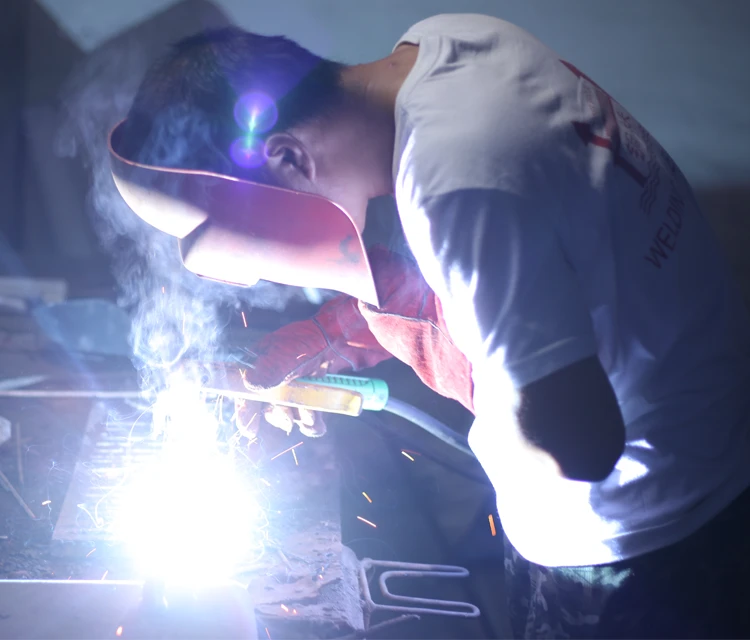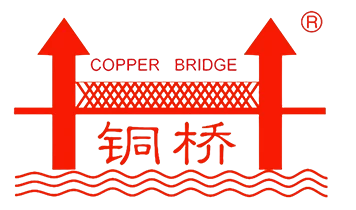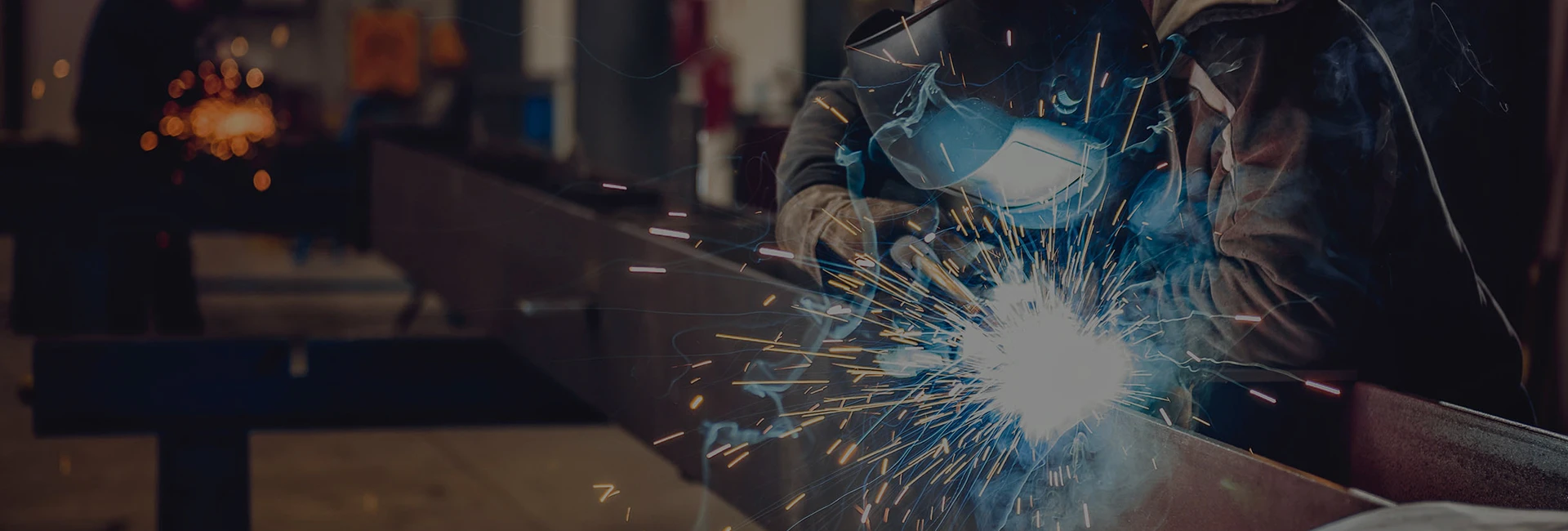Different Types of Welding Rods/Wire
Welding rods and wires are essential materials in welding, classified based on their composition and applications. Welding rods include carbon steel rods, commonly used for general welding of carbon and low-alloy steels, stainless steel rods, which provide excellent corrosion resistance for stainless steel applications, and cast iron rods, ideal for repairing and joining cast iron components. Welding wires, on the other hand, include gas-shielded solid wires used in MIG/MAG welding for clean and efficient welds, arc welding wires for submerged arc welding in heavy-duty applications, TIG welding wires for precise, high-quality welds in industries like aerospace and automotive, and flux-cored wires, which generate shielding gas during welding and are suitable for outdoor conditions. Selecting the right rod or wire ensures strong, reliable, and high-quality welds.
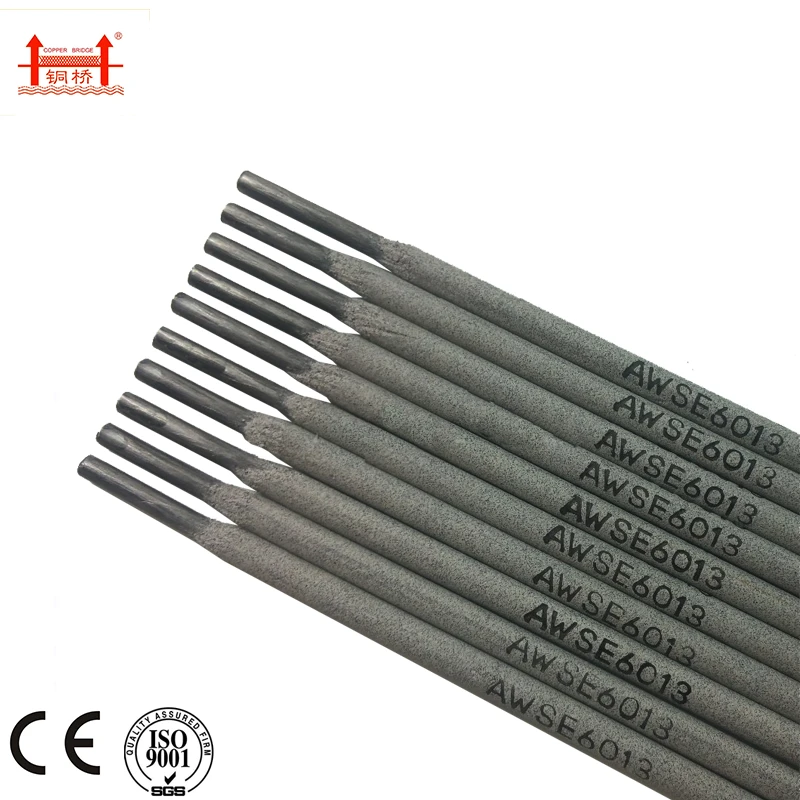
Carbon Steel Electrode
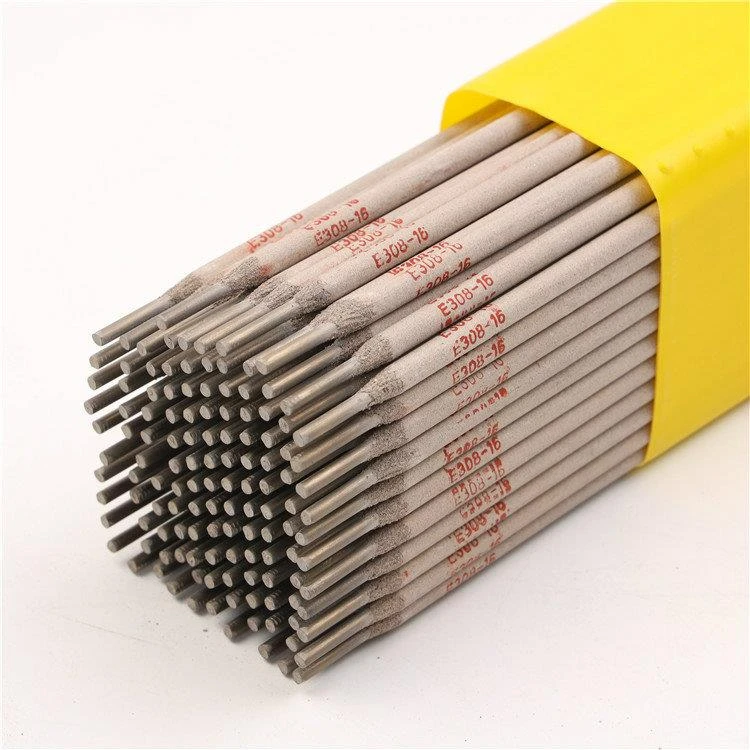
Stainless Steel Electrode
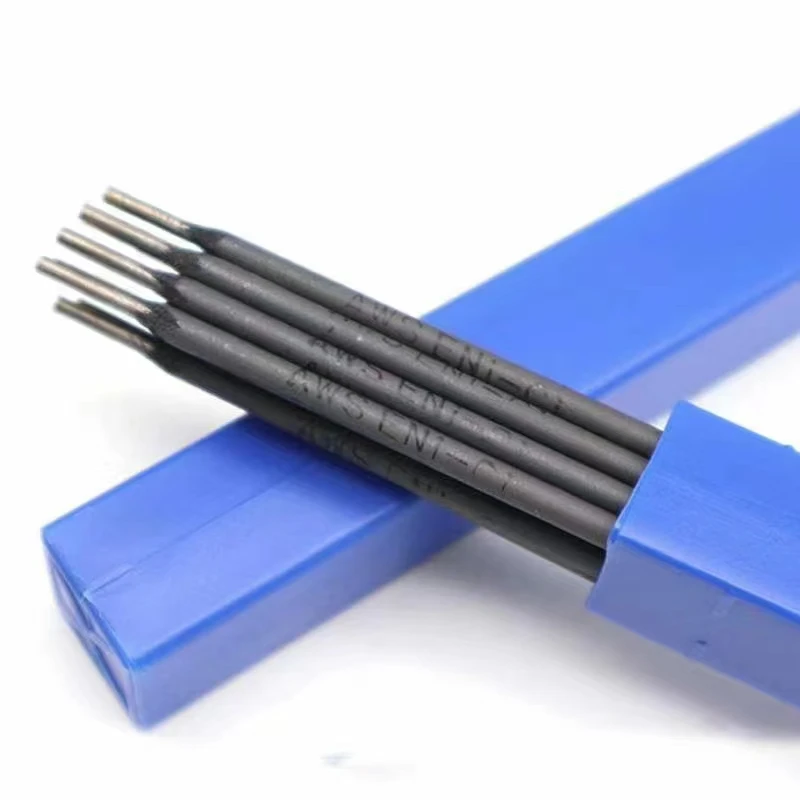
Cast Iron Electrode
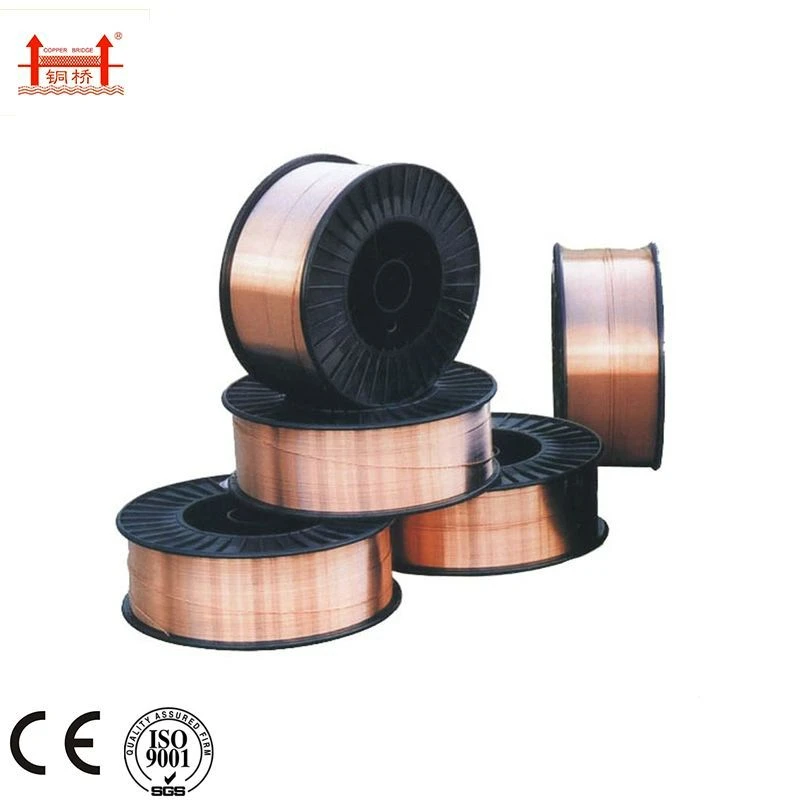
Gas-shielded Soild Welding Wire
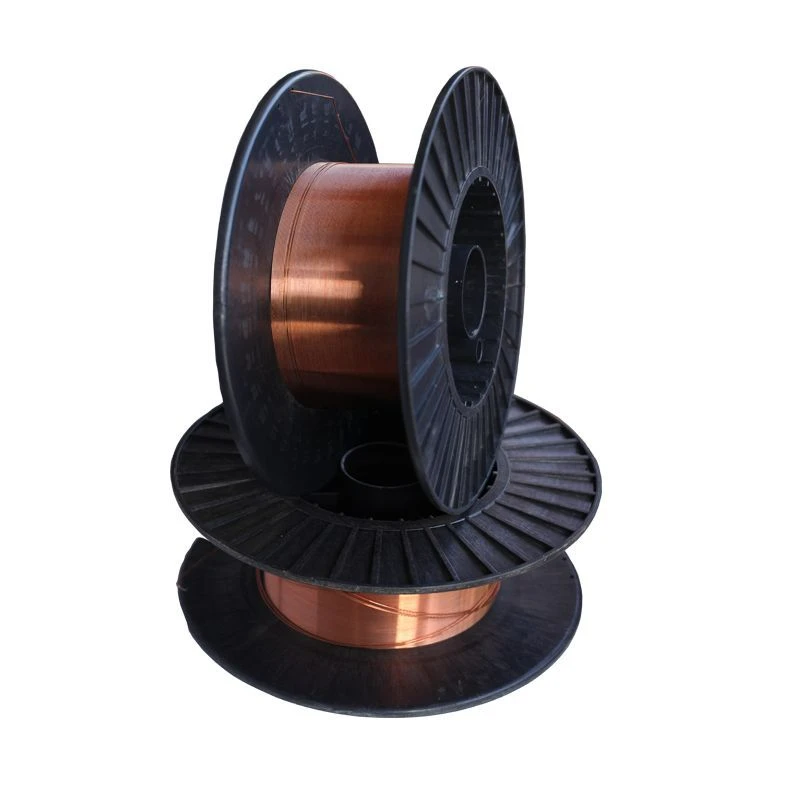
Submerged-arc Welding Wire
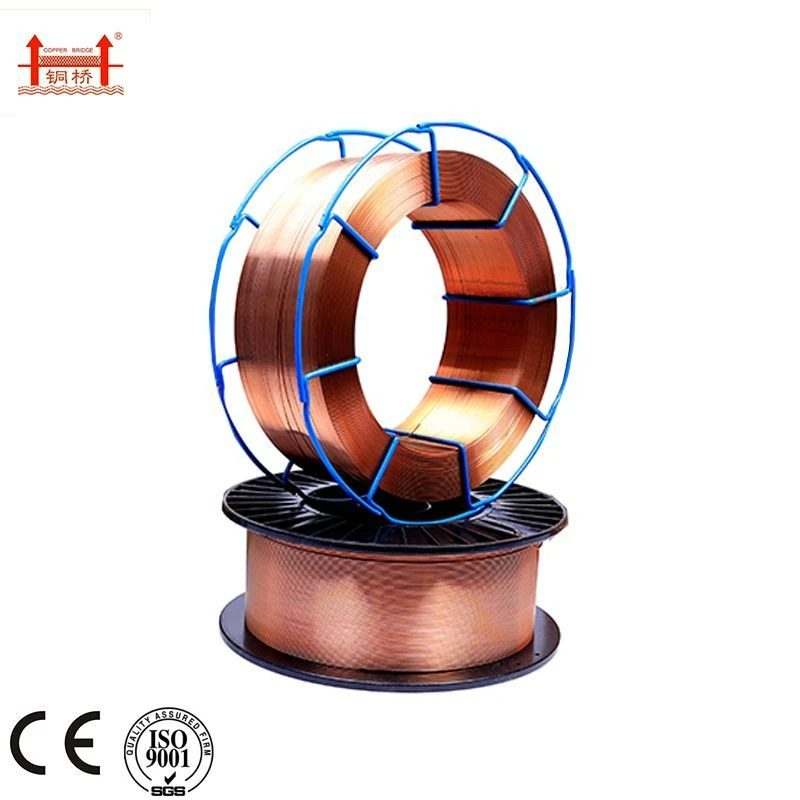
Argon-arc Welding Wire
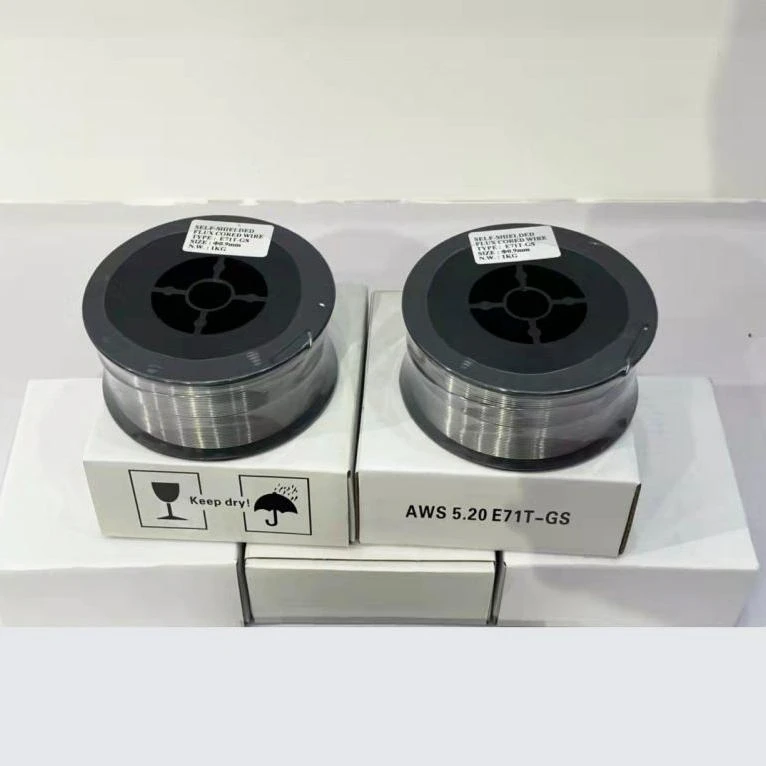
Flux-cored Welding Wire
Different Welding Rod Sizes
Welding rods come in various sizes to accommodate different welding applications, materials, and project requirements. The size of a welding rod typically refers to its diameter, which plays a key role in determining the amount of current required, the deposition rate, and the thickness of the metal it can weld. Common diameters range from 1/16 inch (1.6 mm) to 5/32 inch (4.0 mm) and beyond, with each size suited for specific tasks. Smaller welding rods, such as 1/16 inch or 3/32 inch (2.4 mm), are ideal for thin materials and delicate welding jobs where precision is essential. These smaller rods require lower amperage and are often used for light fabrication, sheet metal work, or repairs where minimal heat input is necessary to avoid warping or burn-through. Medium-sized rods, such as 1/8 inch (3.2 mm), are among the most versatile and commonly used sizes because they strike a good balance between deposition rate and weld strength. They work well for general-purpose welding tasks, including structural work, pipe welding, and equipment repair, and they can handle moderate material thicknesses while maintaining control and efficiency. Larger welding rods, such as 5/32 inch or even 3/16 inch (4.8 mm), are suitable for heavy-duty welding applications, such as thick plate steel, construction, and industrial projects. These rods require higher amperage and deliver a greater deposition rate, allowing welders to fill large joints more quickly and efficiently. Choosing the correct rod size depends on the thickness of the base material, the welding position, and the type of joint being welded. For example, vertical or overhead welding often benefits from smaller rods, as they are easier to control and produce less molten metal. Conversely, flat or horizontal positions can accommodate larger rods for higher deposition. In addition to diameter, the rod length, which usually ranges from 12 inches (300 mm) to 18 inches (450 mm), affects the duration of welding before a rod is consumed, with longer rods being more efficient for large welds. Understanding and selecting the appropriate welding rod size ensures optimal weld quality, efficiency, and performance, as it directly impacts factors like penetration depth, weld bead appearance, and the strength of the final weld. Proper size selection is essential for achieving clean, reliable, and high-quality results in both light and heavy welding applications.
Use Of Electrode In Welding
The electrode plays a crucial role in the welding process, serving as the medium that creates the arc and facilitates the joining of metals. In welding, electrodes can be classified as consumable or non-consumable, depending on whether they melt during the welding process. Consumable electrodes, such as those used in Shielded Metal Arc Welding (SMAW), MIG (Metal Inert Gas), and flux-cored arc welding, not only conduct the current to produce the arc but also melt to supply filler material that fuses with the base metal. These electrodes are commonly coated or cored with flux, which protects the weld pool by generating shielding gas and slag to prevent contamination from oxygen, nitrogen, and other atmospheric elements. Non-consumable electrodes, like tungsten electrodes used in TIG (Tungsten Inert Gas) welding, conduct current to generate the arc but do not melt; instead, a separate filler rod is often used to join metals. Electrodes are essential for creating strong, durable welds by ensuring proper penetration and bonding of the metals being joined. They vary in material composition—such as carbon steel, stainless steel, and aluminum—to match specific base metals and welding conditions. The type and coating of an electrode influence weld characteristics, such as stability, strength, and appearance. Proper selection of an electrode depends on factors like the welding position, material thickness, type of current (AC or DC), and the environment in which welding is performed. Overall, electrodes are indispensable in producing clean, high-quality welds in industries ranging from construction and automotive to shipbuilding and repair work, ensuring structural integrity and long-lasting performance.
